BMW X1 vs Hyundai IONIQ 5 – Which one offers the better deal?
Two cars, one duel: BMW X1 meets Hyundai IONIQ 5.
Which one wins in performance, efficiency and value for money? Find out now!
Costs and Efficiency:
Looking at overall running costs, both models reveal some interesting differences in everyday economy.
BMW X1 has a minimal advantage in terms of price – it starts at 38200 £, while the Hyundai IONIQ 5 costs 38500 £. That’s a price difference of around 257 £.
As for range, the Hyundai IONIQ 5 performs significantly better – achieving up to 570 km, about 487 km more than the BMW X1.
Engine and Performance:
Power, torque and acceleration are the classic benchmarks for car enthusiasts – and here, some clear differences start to show.
When it comes to engine power, the Hyundai IONIQ 5 has a convincingly edge – offering 650 HP compared to 326 HP. That’s roughly 324 HP more horsepower.
In acceleration from 0 to 100 km/h, the Hyundai IONIQ 5 is clearly quicker – completing the sprint in 3.50 s, while the BMW X1 takes 5.40 s. That’s about 1.90 s faster.
In terms of top speed, the Hyundai IONIQ 5 performs barely noticeable better – reaching 260 km/h, while the BMW X1 tops out at 250 km/h. The difference is around 10 km/h.
There’s also a difference in torque: Hyundai IONIQ 5 pulls evident stronger with 770 Nm compared to 477 Nm. That’s about 293 Nm difference.
Space and Everyday Use:
Cabin size, boot volume and payload all play a role in everyday practicality. Here, comfort and flexibility make the difference.
Both vehicles offer seating for 5 people.
In curb weight, BMW X1 is distinct lighter – 1575 kg compared to 1955 kg. The difference is around 380 kg.
In terms of boot space, the BMW X1 offers minimal more room – 540 L compared to 520 L. That’s a difference of about 20 L.
In maximum load capacity, the BMW X1 performs slight better – up to 1600 L, which is about 20 L more than the Hyundai IONIQ 5.
When it comes to payload, Hyundai IONIQ 5 barely noticeable takes the win – 530 kg compared to 500 kg. That’s a difference of about 30 kg.
Who wins the race?
The Hyundai IONIQ 5 proves to be is largely superior and therefore becomes our DriveDuel Champion!
Hyundai IONIQ 5 is the better all-rounder in this comparison.

Hyundai IONIQ 5
BMW X1
The new BMW X1 effortlessly blends sporty elegance with practical functionality, making it a standout choice in the compact SUV segment. Inside, the sophisticated cabin design is complemented by high-quality materials and cutting-edge technology, creating a welcoming and advanced driving environment. On the road, the vehicle's agile handling and responsive performance promise an engaging driving experience, whether navigating urban streets or embarking on longer journeys.
details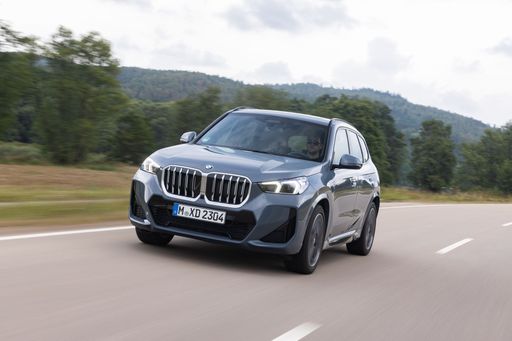 @ press.bmwgroup.com
@ press.bmwgroup.com
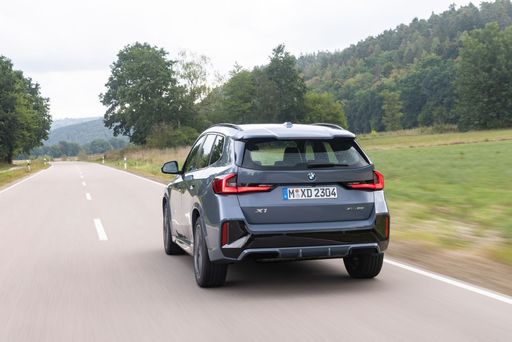 @ press.bmwgroup.com
@ press.bmwgroup.com
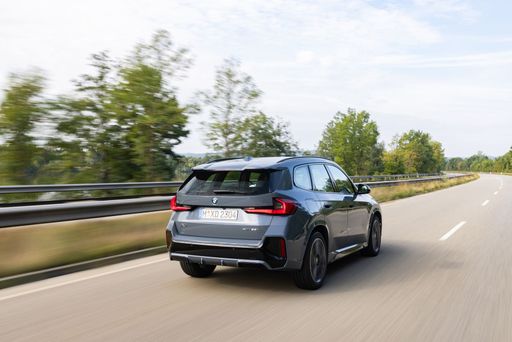 @ press.bmwgroup.com
@ press.bmwgroup.com
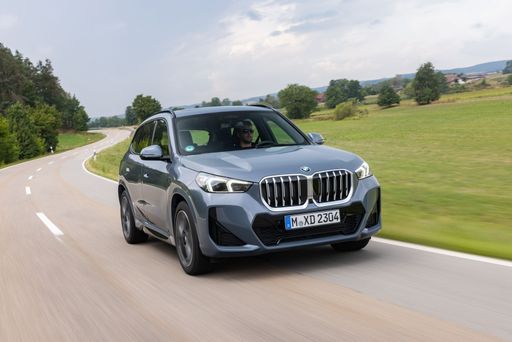 @ press.bmwgroup.com
@ press.bmwgroup.com
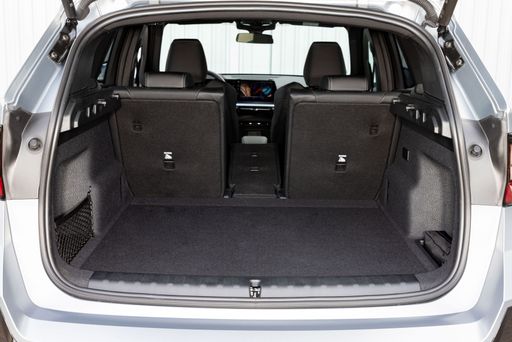 @ press.bmwgroup.com
@ press.bmwgroup.com
Hyundai IONIQ 5
The Hyundai IONIQ 5 showcases a bold and futuristic design that captures attention with its striking facade and sharp lines. This electric vehicle offers an impressive blend of performance and efficiency, making it a compelling choice for environmentally conscious drivers. Inside, the spacious and tech-forward interior provides a comfortable and engaging driving experience for both driver and passengers.
details @ hyundai.news
@ hyundai.news
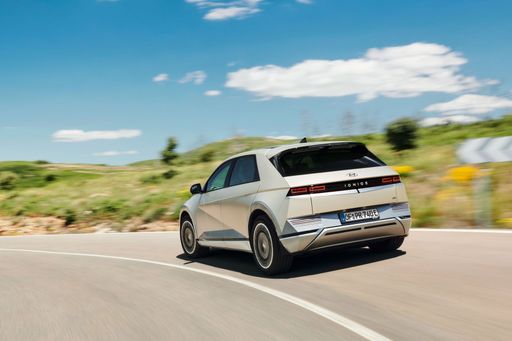 @ hyundai.news
@ hyundai.news
 @ hyundai.news
@ hyundai.news
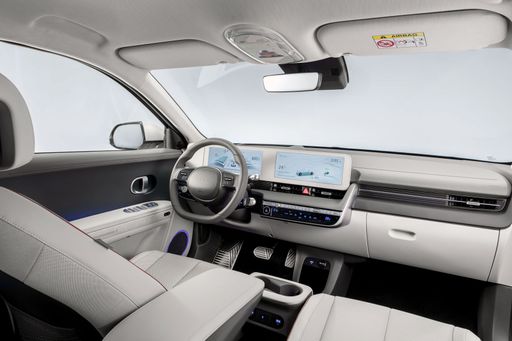 @ hyundai.news
@ hyundai.news
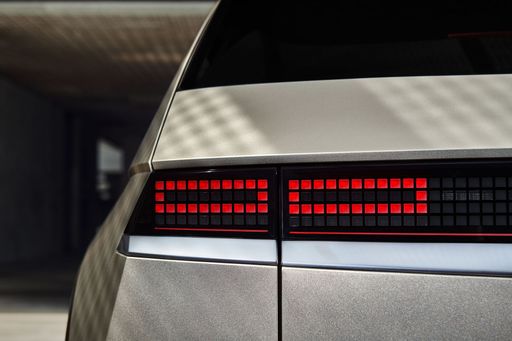 @ hyundai.news
@ hyundai.news

|

|
|
|
|
Costs and Consumption |
|
|---|---|
|
Price
38200 - 55500 £
|
Price
38500 - 64200 £
|
|
Consumption L/100km
0.8 - 7.7 L
|
Consumption L/100km
-
|
|
Consumption kWh/100km
-
|
Consumption kWh/100km
15.6 - 21.2 kWh
|
|
Electric Range
83 km
|
Electric Range
440 - 570 km
|
|
Battery Capacity
14.20 kWh
|
Battery Capacity
63 - 84 kWh
|
|
co2
17 - 175 g/km
|
co2
0 g/km
|
|
Fuel tank capacity
47 - 54 L
|
Fuel tank capacity
-
|
Dimensions and Body |
|
|---|---|
|
Body Type
SUV
|
Body Type
SUV
|
|
Seats
5
|
Seats
5
|
|
Doors
5
|
Doors
5
|
|
Curb weight
1575 - 1935 kg
|
Curb weight
1955 - 2275 kg
|
|
Trunk capacity
490 - 540 L
|
Trunk capacity
480 - 520 L
|
|
Length
4500 - 4505 mm
|
Length
4655 - 4715 mm
|
|
Width
1845 mm
|
Width
1890 - 1940 mm
|
|
Height
1622 - 1642 mm
|
Height
1585 - 1605 mm
|
|
Max trunk capacity
1495 - 1600 L
|
Max trunk capacity
1540 - 1580 L
|
|
Payload
490 - 500 kg
|
Payload
385 - 530 kg
|
Engine and Performance |
|
|---|---|
|
Engine Type
Diesel MHEV, Petrol MHEV, Plugin Hybrid, Petrol, Diesel
|
Engine Type
Electric
|
|
Transmission
Automatic
|
Transmission
Automatic
|
|
Transmission Detail
Dual-Clutch Automatic
|
Transmission Detail
Reduction Gearbox
|
|
Drive Type
Front-Wheel Drive, All-Wheel Drive
|
Drive Type
Rear-Wheel Drive, All-Wheel Drive
|
|
Power HP
136 - 326 HP
|
Power HP
170 - 650 HP
|
|
Acceleration 0-100km/h
5.4 - 9.2 s
|
Acceleration 0-100km/h
3.5 - 8.5 s
|
|
Max Speed
190 - 250 km/h
|
Max Speed
185 - 260 km/h
|
|
Torque
230 - 477 Nm
|
Torque
350 - 770 Nm
|
|
Number of Cylinders
3 - 4
|
Number of Cylinders
-
|
|
Power kW
100 - 240 kW
|
Power kW
125 - 478 kW
|
|
Engine capacity
1499 - 1998 cm3
|
Engine capacity
-
|
General |
|
|---|---|
|
Model Year
2023 - 2025
|
Model Year
2024
|
|
CO2 Efficiency Class
D, E, B, F
|
CO2 Efficiency Class
A
|
|
Brand
BMW
|
Brand
Hyundai
|
Is the BMW X1 offered with different drivetrains?
The BMW X1 is offered with Front-Wheel Drive or All-Wheel Drive.
The prices and data displayed are estimates based on German list prices and may vary by country. This information is not legally binding.
